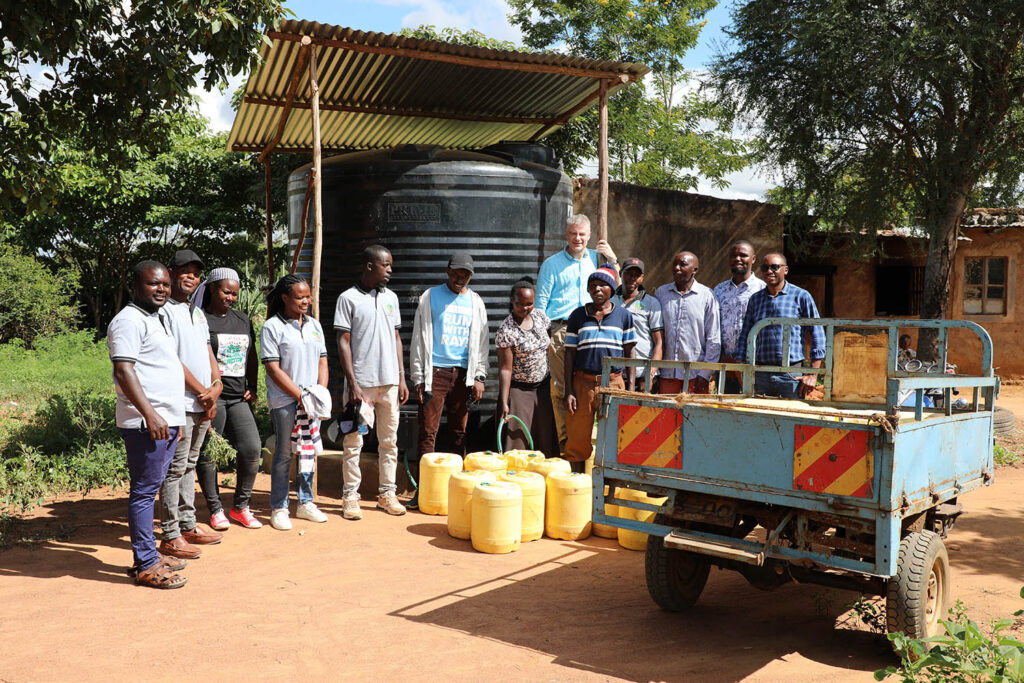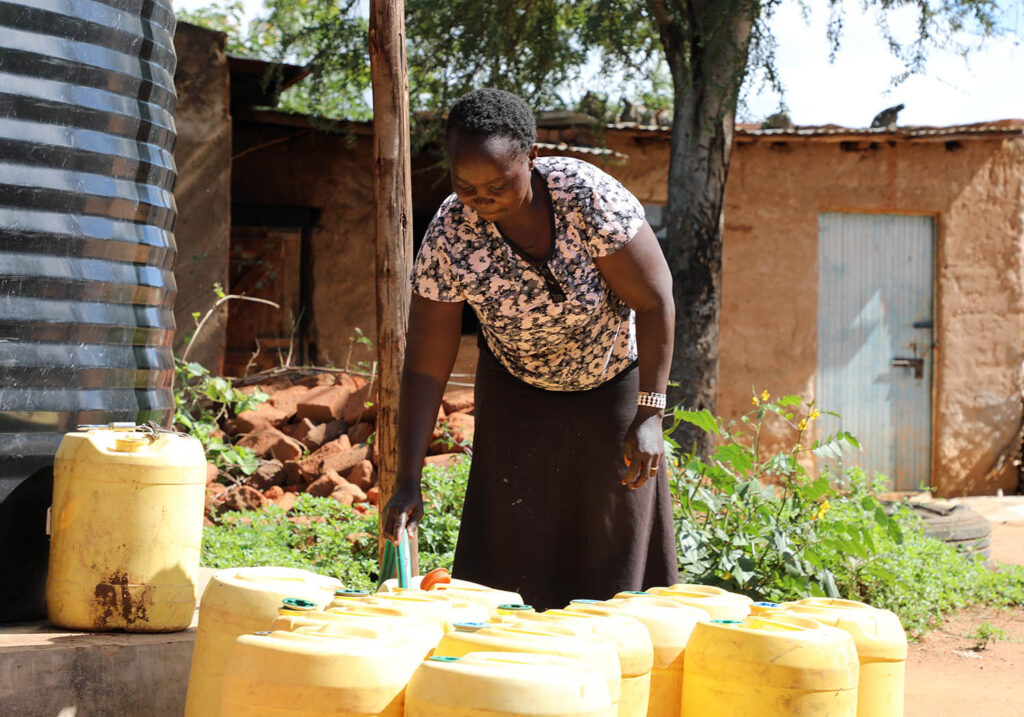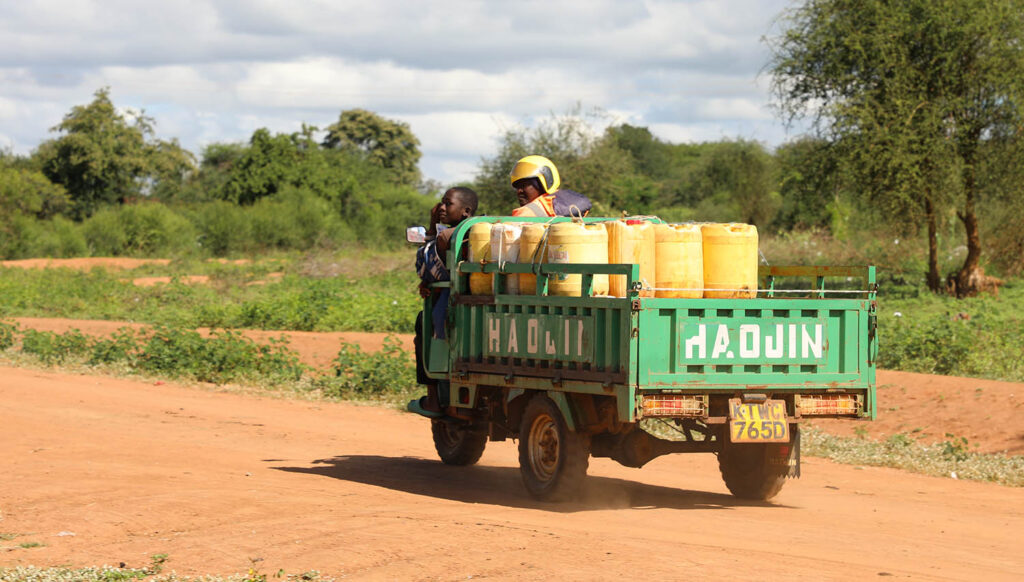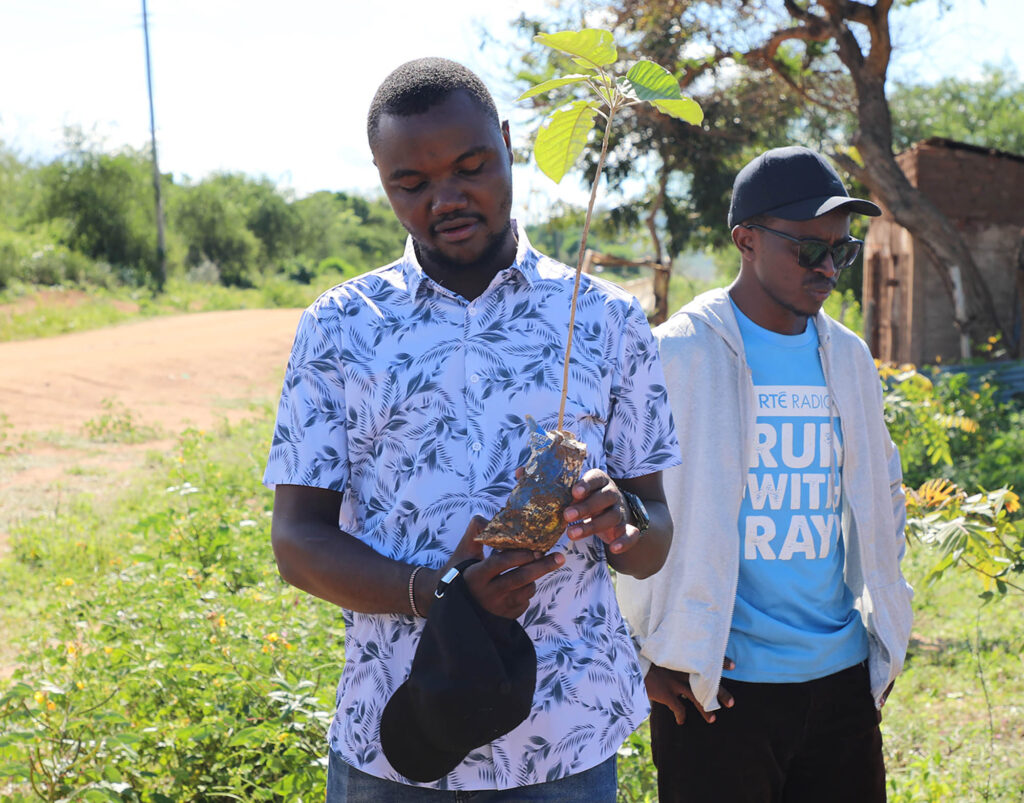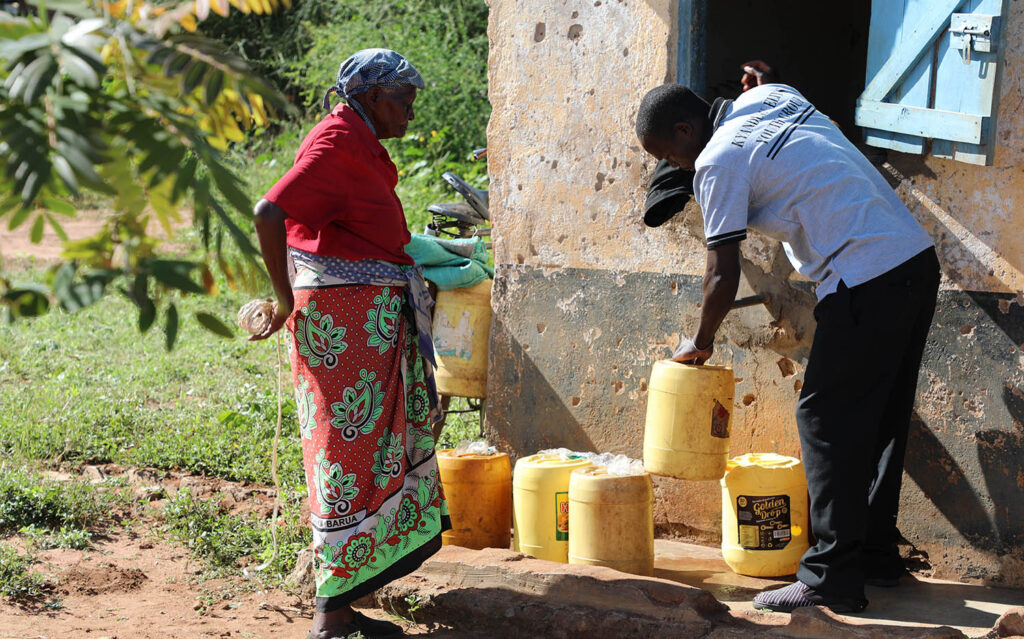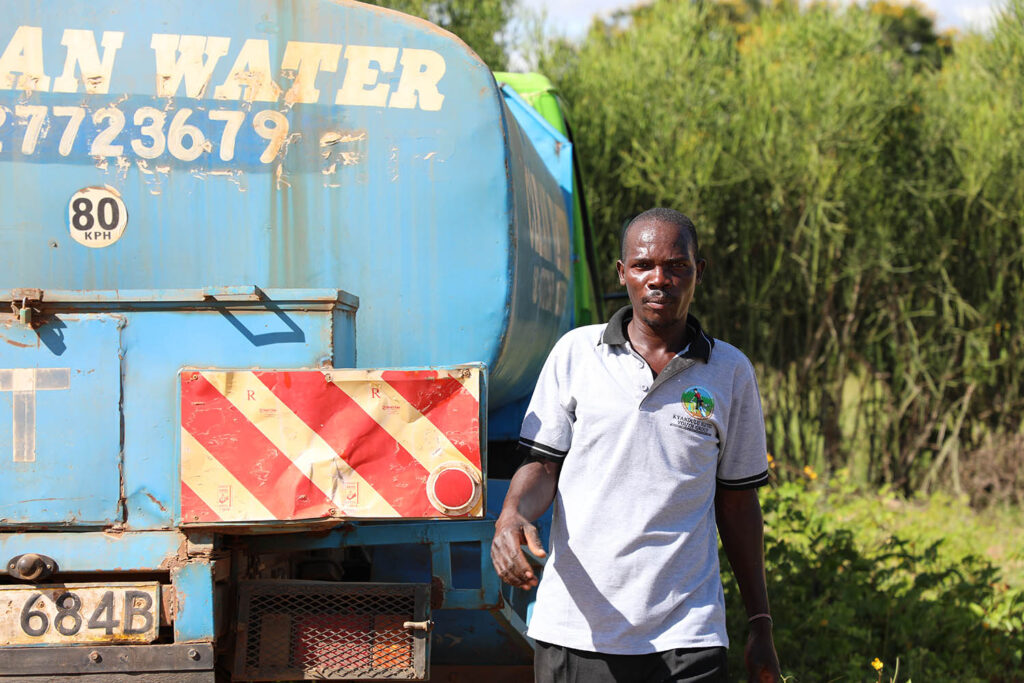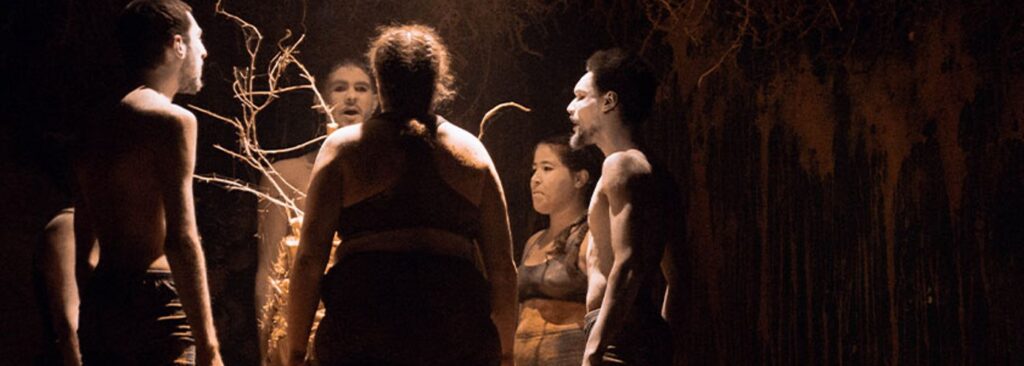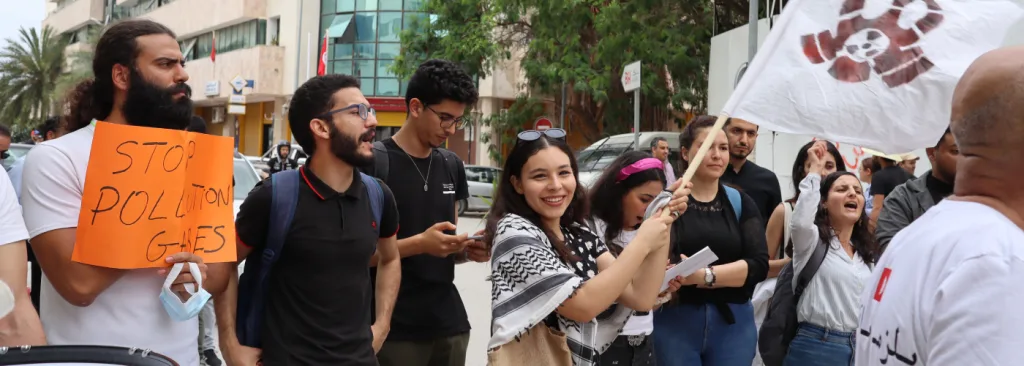What happens when the taps run dry?
May 21, 2025
Blogpost by Cynthia Omondi, communication officer Hivos East Africa.
In the heart of Makueni County, Eastern Kenya, where the parched earth is a testament to ongoing drought and climate unpredictability, water is not just life. It is power, education, dignity, and survival. And when the taps run dry, so do many dreams.
But in Kibwezi West, where dry spells are longer and rainfall more erratic than ever, a group of young people refused to accept scarcity as their destiny.
Born during the COVID-19 lockdown, when all institutions were shut and university lectures turned silent, Kyandulu Elites Youth Group found purpose in the stillness. Many had returned home only to realize the ordeal that their mothers and siblings had quietly endured for years.
“We didn’t know to what extent our communities had been suffering, especially while we were away,” recalls the group’s chairperson, Shadrack Ndetei.
What struck Shadrack and his team most wasn’t just the drought, it was the daily 15-kilometer water treks their mothers and younger siblings undertook, often returning home late and exhausted, and sometimes facing gender-based violence triggered by mistrust.
Turning collective frustration into lasting impact
With a background in community administration and a deep passion for climate action, Shadrack’s leadership has been instrumental in turning collective frustration into lasting impact. The 27-year-old is a community development practitioner and social researcher who has dedicated his career to grassroots solutions. Currently working at Lukenya University under the Research and Community Outreach Department, he also leads the university’s 10 Million Tree Initiative.
“When we were children, water was plenty. Streams from Chyulu Hills filled our tanks and our days,” says Steven Muema, the group’s secretary. “But over time, the rivers dried up. I remember cycling 15 km just to fetch water. Imagine that being your childhood.”
In their community, fetching water is primarily the role of women and children. That simple reality raises tough questions: How does a child walking hours for water every day also excel in school? How does a woman stretched between survival and suspicion live with dignity?
Answering calls to action
To the youth of Kyandulu, these were not rhetorical questions. They were calls to action.
Pooling together modest monthly contributions, they set out to solve a problem much bigger than themselves: access to clean and reliable water. Their goal? To bring the water closer, one tank at a time.
Their first breakthrough came with the installation of a 10,000-liter water tank, a humble structure that now serves over 1,000 households, refilled every four days. That small victory became their spark.
When they came across a small grant from Voices for Just Climate Action (VCA) called the Next Level Grant Facility (NLGF), they saw an opportunity to scale. With Ksh. 450,000 (USD 3,500), they established three more tanks, each placed near institutions to serve a wider catchment area.
“Our dream was to install a tank in every household,” says Shadrack. “While we haven’t reached every home, our families are the biggest beneficiaries. Even when I’m away, I receive calls from villagers thanking us for the difference we’re making.”
But what makes their initiative remarkable is not just its reach, it’s the sustainability model they developed. Each household pays Ksh. 10 (USD 0.75) for every 20-liter jerrican, which funds a local water attendant’s salary, contributes to maintenance, and refills the water tanks. It’s simple, community-owned, and scalable.
Climate change is not a theory
Recognizing that deforestation, in addition to climate change, is a major contributor to reduced rainfall, they have also launched a reforestation campaign, planting indigenous trees twice a year in the surrounding hills to help restore their natural water towers.
“Here, climate change is not a theory. It’s about a child missing school. A woman walking 15 kilometers. A tree cut, a stream vanished,” the group emphasizes.
Yet, like many grassroots initiatives, financial constraints remain a heavy lid on their aspirations. With the VCA program nearing its closure, their hope is that a second phase will be launched to allow them to not only survive but thrive in their climate adaptation journey.
What happens when the taps run dry?
In Makueni, it leads to reflection, resolve, and remarkably, resilience. The youth of Kyandulu are proof that next-level local leadership – when rooted in lived experiences and supported through just climate action – can turn crises into solutions.
With continued backing, they stand ready to carry their buckets. Not to fetch water, but to water hope, innovation, and change.
